Barcodes in the screen printing some issues to pay attention to
[Chinese Packaging Network News] Packaging design is not only about text and visual elements, but also about attention to small details. As people become more aware of self-protection, they often use anti-counterfeiting technologies when purchasing products to ensure their interests. The most common method is checking the barcode, which is the simplest and most widely used approach. Barcodes are mainly found on product packaging, making them an essential indicator of a product's image and value. Therefore, they should not be overlooked in the design process.
Barcodes offer numerous advantages such as low equipment investment, easy production and printing, and broad application. This article discusses key issues to consider during screen printing of barcodes, which is one of the simplest methods among various printing techniques.
1. Thickness of the Barcode
To ensure high-quality printing, improvements in printing techniques are necessary. A 22.5° angle stretch method is commonly used, where the mesh is tilted at 22.5° relative to the frame’s side. This helps reduce ink blockage and prevent breakage. A 300-mesh screen is typically suitable, as lower mesh counts can block ink flow, while higher ones may result in poor contrast. The ink layer should be at least 8 μm thick to enhance clarity. A thickness meter can measure this accurately by pressing a 30 mm metal foil onto the screen and aligning the sensor with it. The difference between pre- and post-coating measurements gives the adhesive layer thickness, ensuring consistent quality.
2. Readability and Cleanliness
The printed barcode must be neat and legible, with no visible defects. Any imperfections or stains should not exceed 0.4 times the width of the narrowest line, or occupy more than 1/4 of a circle with a diameter of 0.8 times the narrow line width.
3. Size Tolerance Control
Controlling the size error of the barcode symbol improves readability and reduces decoding errors. Normally, the print tolerance is 45% of the total error, while the reader tolerance accounts for 55%. Tolerances vary depending on the magnification level.
4. Optical Characteristics
For reliable scanning, the bars and spaces must have strong contrast. The space should reflect as much light as possible, while the bar should absorb it. A higher PCS value means better contrast and reading performance.
5. Printing Tolerance
Printing equipment, plates, and inks may cause deviations, known as printing tolerance. These must be strictly controlled to avoid affecting the scanning effect.
6. Edge Smoothness
Edge roughness refers to uneven edges of the barcode. Scanning paths must ensure that all elements meet dimensional requirements within the allowed tolerance.
7. Ink Layer Thickness and Color Fastness
The ink layer thickness should be kept under 0.1 mm. Inks with good uniformity and compatibility with the substrate should be used to ensure even coverage and accurate scanning.
8. Barcode Placement
Barcode placement should prioritize visibility, readability, and ease of plate-making. For example, it should be placed on the right side of the main display area, on the back, or on the bottom of boxes. For cans and bottles, it should be on the label, with curvature not exceeding 30°. If the container is too small, rotate the code 90°. For barrels, place it on the side, or on the lid if necessary, but not exceeding 13 mm. For leaky containers, avoid placing it on the lid. For bags, place it on the bottom or center of the back, avoiding distortion.
After reading this, you now have a clearer understanding of the challenges and solutions involved in screen-printed barcodes. For more updates, stay tuned to Chinese Packaging Network!
Traditional style low-rise table-top Fire Pit pan. It makes this fire pit bowl easily transportable for camping, fishing or a simple barbecue. Because of its compact size, it's also convenient for use on balconies of small terraces.The fire pit pans & burners are made of 304 stainless steel. Designed to withstand extreme heat & harsh weather without damage or rust. Creates a brilliant, uniform flame. Add fire glass or lava rocks to match your decor to complete the look.
We have Square, round and Rectangular Fire Pit Burner
| Name |
Stainless Steel Propane Fire Pit Burner |
| Material | Stainless steel |
| Size | 800*800mm |
| Steel thickness | 2mm |
| Weight | 3.5KG |
| Packing | carton |
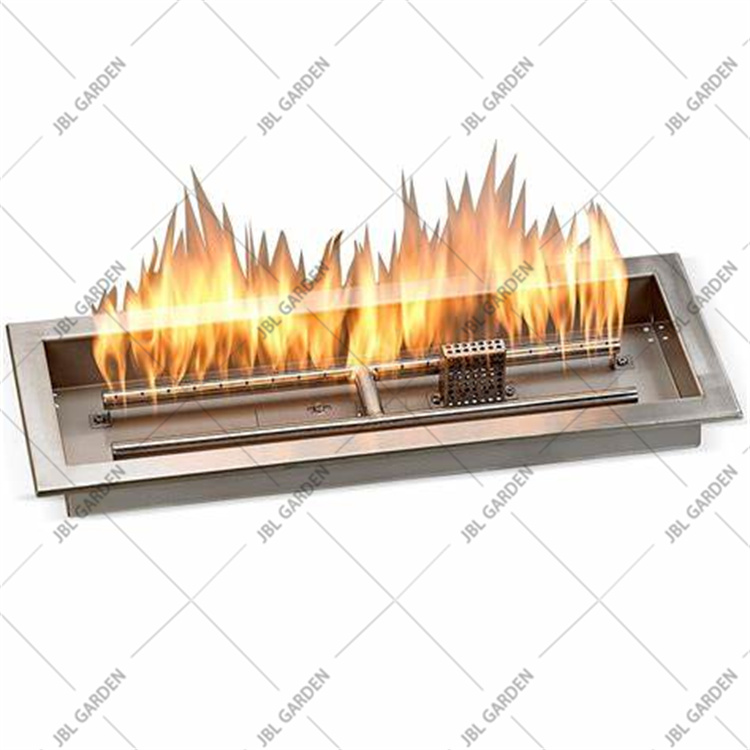
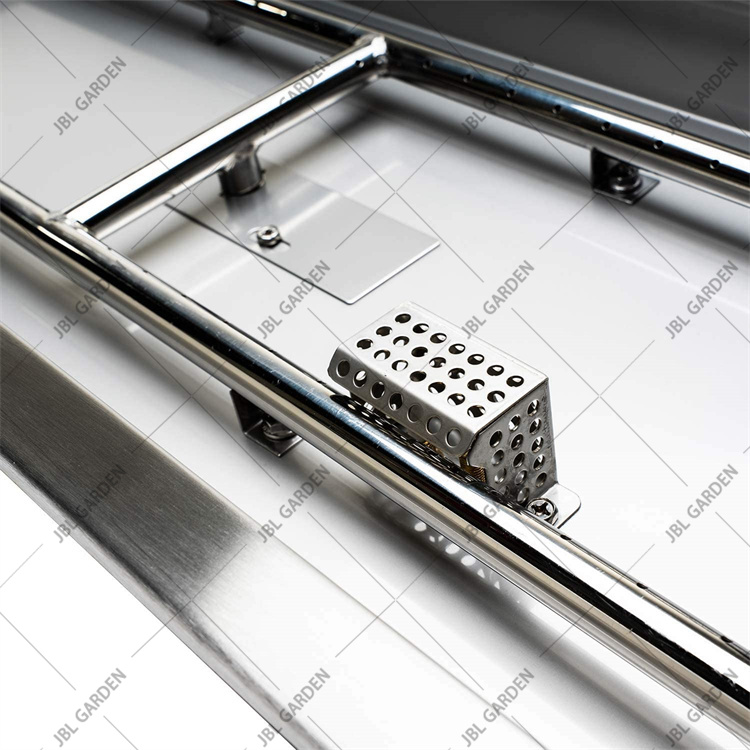
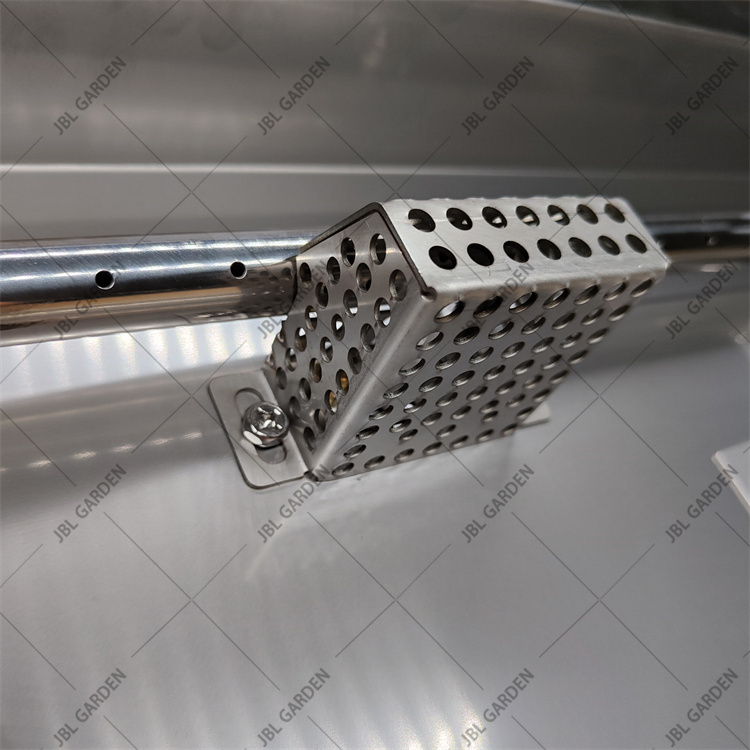
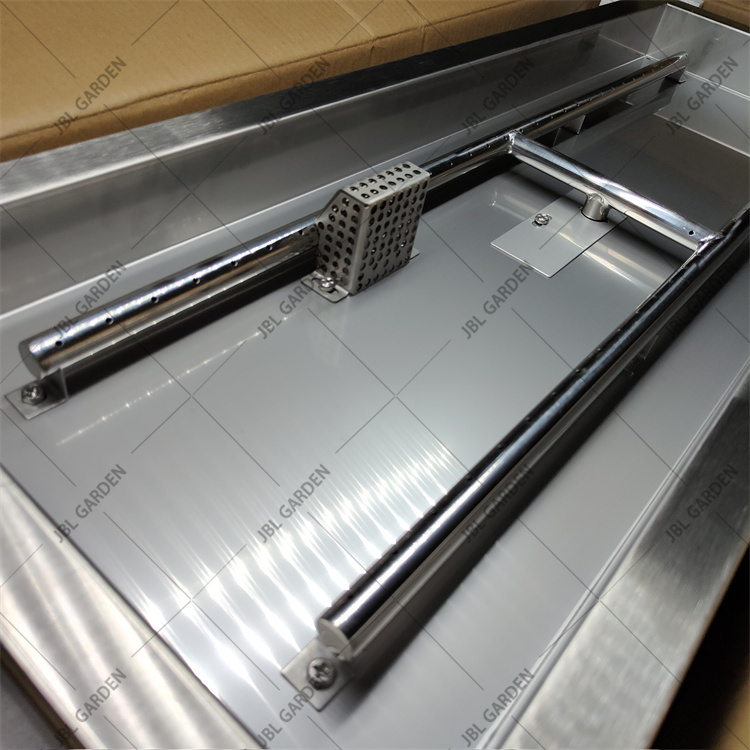
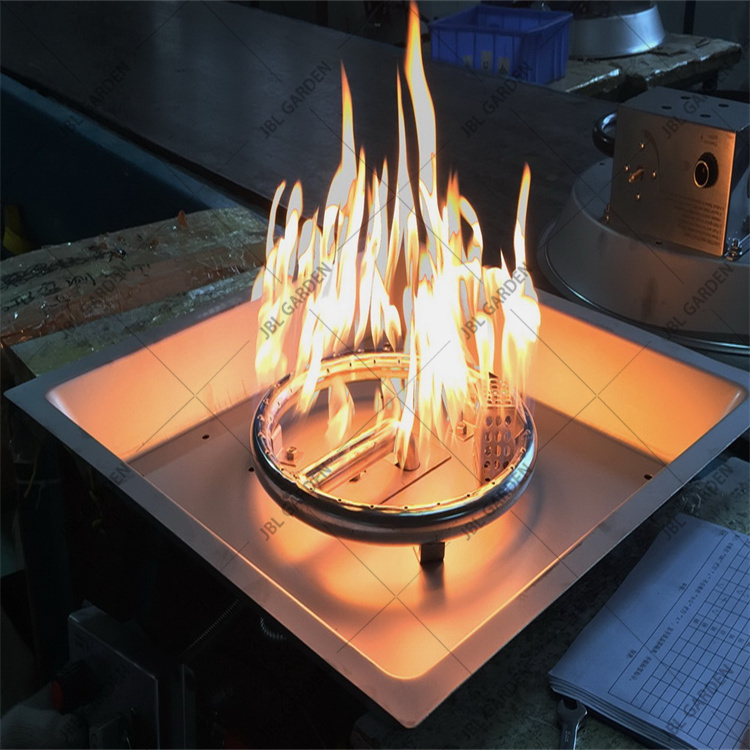

Fire Pit Burner,Propane Fire Pit Burner,Fire Pit Burner Kits,Gas Fire Pit Burner
Henan Jinbailai Industrial Co.,Ltd , https://www.gardensteelarts.com